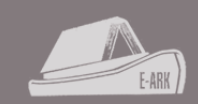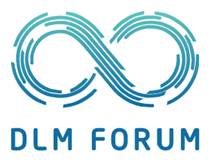|
Introduction to eArchiving
An introduction to the
eArchving approach for readers familiar with digital archiving
principles.
|
eArchiving
General Model
v2.0
|
E-ARK uses cases and processesIn the scope of the E-ARK project (a predecessor of the eArchiving Building Block running in 2014-17) the E-ARK team has
Use cases identified by the E-ARK project
Understanding eArchiving specifications and toolsThe following tables show the digital archiving components resulting from the E-ARK project layered according to the OAIS processes. The columns of the (source and intermediate) formats are left white while the columns containing the tools – performing the transition from one format to the other – are drawn in amber. Pre-Ingest and Ingest
Access
*QGIS, Peripleo, Lily Ingest, Oracle OLAP are not E-ARK products. Some freely available and (almost) industry standard tools were integrated into and tested together with the E-ARK toolset during some pilot scenarios in the E-ARK project. As the above tables show, the format specifications indicate the connection points between the processing steps as the process progresses. If the format specifications can be standardized, they automatically bring compatibility between the consecutive process steps. That is exactly the reason why detailed format specifications were desperately needed. The OAIS model doesn’t specify the internal structure of the information packages. One of the main goals of the E-ARK project was to provide the archival community with detailed format specifications. The E-ARK project has defined the following format specifications: For OAIS information packages
For content types (to store data of specific types within the information package)
Every tool developed or modified in the scope of the E-ARK project is compatible with all the above format specifications. The E-ARK Web solution was developed as a reference implementation. Although it’s not a mature tool set, all components were well tested and tried in cooperation with the specifications and other tools in some of the more than twenty real-world E-ARK pilot scenarios. You can find some basic description as well as links to more detailed information of every component at the Library page of the General Model (http://kc.dlmforum.eu/gm3). 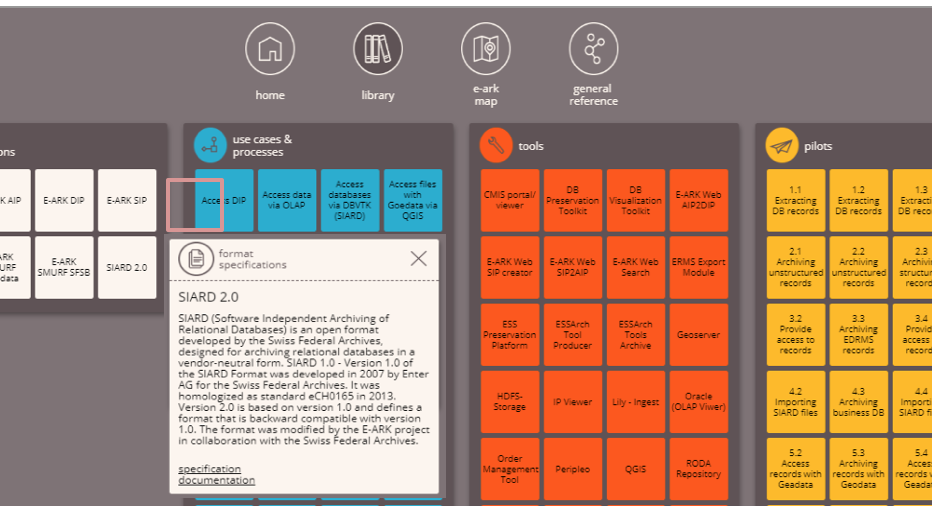
The General Model provides information about all E-ARK components from different aspects. The cross-reference view shows the connected elements of a selected component. The components are divided into four groups: format specifications, use cases and processes, tools and pilot scenarios. 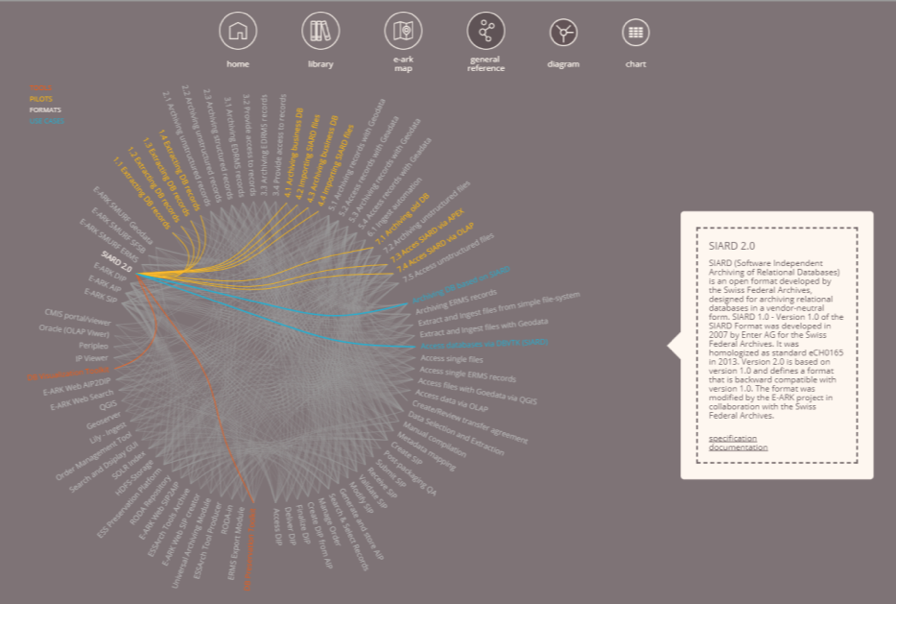
The above products portfolio of the E-ARK project is considered as an initial release of the eArchiving Building Block services. (Please note that the General Model is being redesigned according to the service oriented approach of the eArchiving Building Block.) |
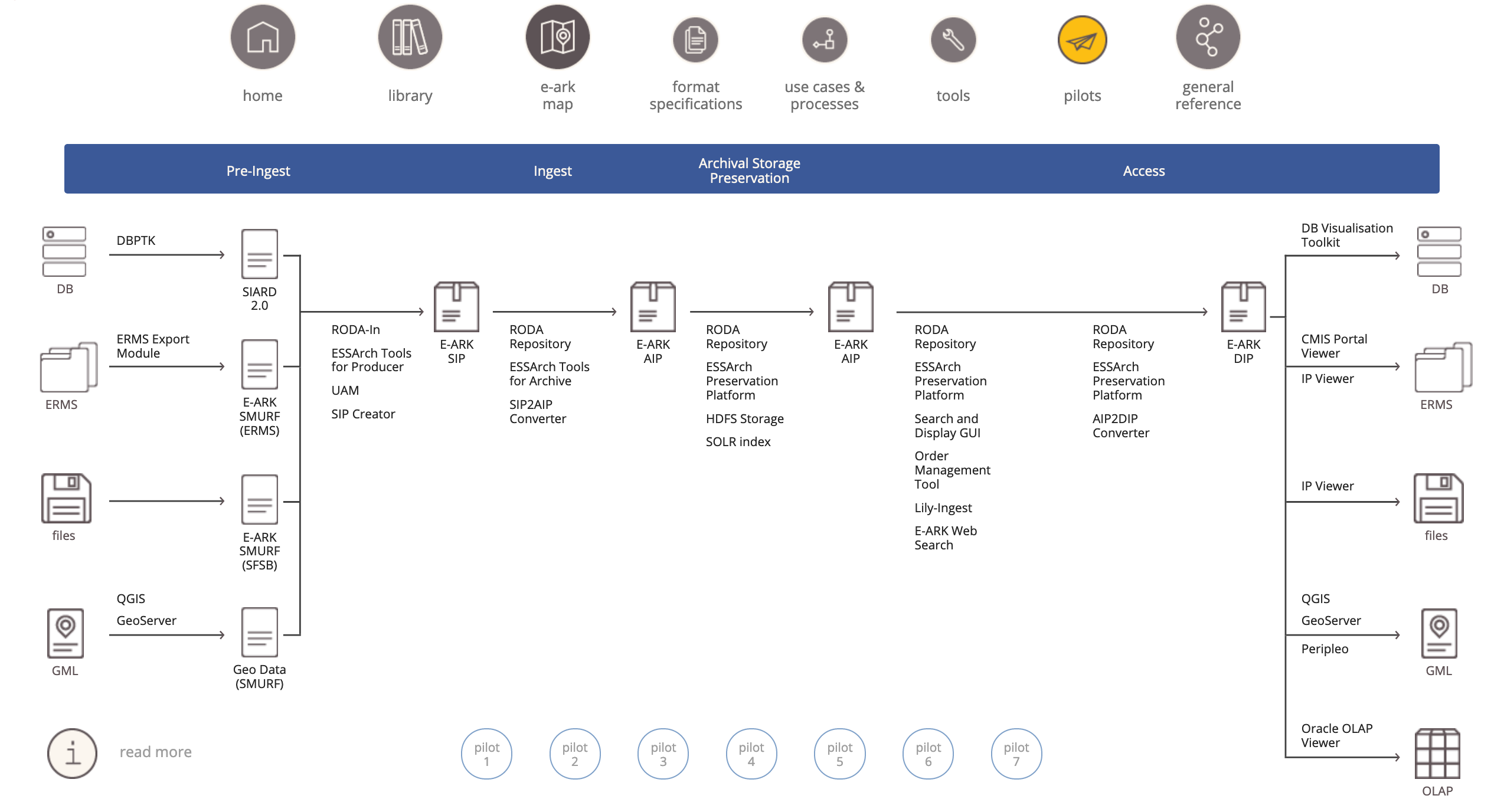
|

